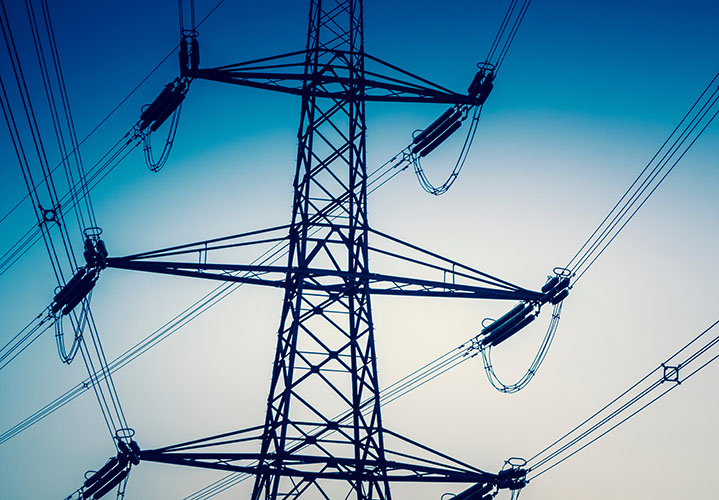Following the 54% increase in the energy price cap announced by Ofgem on 3 February, and with many predicting that a second substantial increase may be required this October to keep pace with wholesale prices, what is next for beleaguered small energy suppliers?
With 26 failures in the industry since September 2021, there is a real concern that by the end of 2022, few but the “Big 6” suppliers will remain. Accountants - Price Bailey - have carried out an analysis of the balance sheets and credit risk scores of the remaining registered energy suppliers, which indicates that twelve of the thirty remaining suppliers are ‘in the red’ or balance sheet insolvent, and at risk of being unable to keep up with payments to suppliers or lenders. Unsurprisingly, most of these ‘at risk’ companies also have poor credit risk scores, and are likely to find it difficult to access emergency funding.
The price cap increase from 1 April 2022, together with other measures announced by Ofgem on 4 February, may offer a life raft for suppliers – if they can survive until April. The increase in the price cap means that suppliers will be able to recover a certain amount of the excess costs, incurred over the current period, due to soaring wholesale prices. In future, Ofgem aims to prevent this disconnect between the level of the price cap and the actual costs of energy supply; notably, they are introducing an ability to amend the cap outside the six-month cycle, in response to exceptional or unprecedented market changes.
Ofgem also published a consultation on “Medium Term Changes to the Price Cap Methodology” to take effect from October 2022. Proposals include moving to setting the price cap quarterly; a reduction in the “lag” period between the date on which the price cap is set and the date it takes effect; and changes to the methodology used to calculate the cap.
It remains to be seen whether these measures will reduce the rate of supplier failure over the next few months. Market conditions have exposed the fragile business models of many smaller suppliers. The low bar to entry to the industry has enabled some small firms to build their customer books without having the underlying financial strength or prudent risk management to maintain them in the current climate, and the spate of recent insolvencies has been the inevitable result.
Energy suppliers are subject to some variations to the standard insolvency regime. Notably, they must give a minimum of 14 days’ notice to the Secretary of State and Ofgem before entering into winding up or administration. This allows Ofgem time to consider whether to apply to court for an energy supply company administration (ESCA) order.
The ESCA is a special administration regime, which has the objective of ensuring that energy supplies are continued at the lowest reasonably practicable cost until the company can be rescued as a going concern, or its customers transferred to other suppliers.
Government funding may be made available to enable the company to keep trading until one of these objectives can be achieved. The ESCA regime is reserved for suppliers whose size is such that their failure could cause systemic risk. With 1.6 million customers, Bulb is the only failed supplier to date to have been placed into an ESCA. Unless one of the “Big 6” goes under, it seems unlikely that we will see it used again in the near future.
In most cases, having received a notice as described above, Ofgem will revoke the failed supplier’s licence, and appoint a Supplier of Last Resort (SoLR) to take responsibility for its customers. The original supplier can then enter into a standard insolvency procedure, which in most cases is likely to be administration or liquidation. In such cases, the SoLR may acquire from the failed company the assets relating to the transferred customers following its entry into an insolvency event. However, while the SoLR process should protect consumers, the company’s suppliers and other unsecured creditors are likely to be left significantly out of pocket in any insolvency procedure.
The directors of distressed energy suppliers are undoubtedly in a difficult position. In navigating the next few months they will need to prioritise the preservation of value, and the need to act in the interests of creditors as a whole. While they will no doubt be reviewing whether the increase in the price cap and other measures will be sufficient to enable them to keep trading, they should also ensure that they are not making overly optimistic assumptions - taking professional advice at an early stage will be crucial. Minimising loss to creditors may in some cases mean taking the difficult decision to bring the shutters down, rather than attempt to trade on in the hope of recouping losses. Failure to do so could leave directors at risk of personal liability if the company ultimately does enter into an insolvency procedure.
This article was first published in Current and can be read online here.

 Tim Carter
Tim Carter Helen Martin
Helen Martin